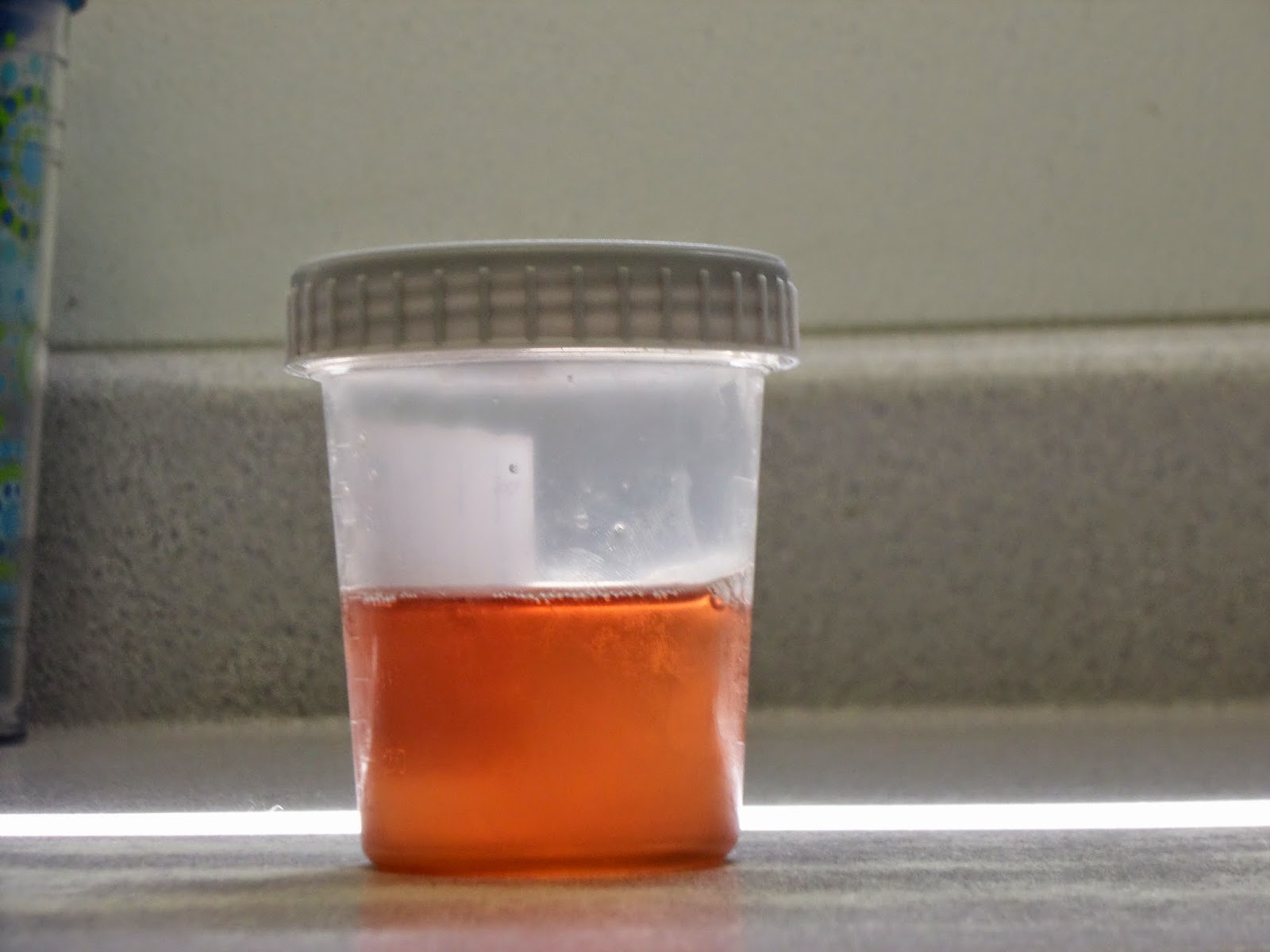Hey all,
These past few weeks have certainly been eventful. Colorado has had several cases of vesicular stomatitis (VS)- a reportable viral disease that causes fever along with vesicles and ulcerated lesions along the gums, tongue and coronet bands of horses. VS is a mild disease in horses, but preventing the spread to other species is a great concern. VS can be transmitted to cattle, swine, sheep and other species where the signs are indistinguishable from foot-and-mouth disease without testing. Severe economic losses can result as oral lesions prevent livestock from eating, and lesions on teats lead to decreased milk production. In addition, VS is occasionally transmitted to humans where it causes flu-like symptoms.
VS is spread by insects and contact with vesicular fluid (through direct contact, shared drinking water, etc). A barn with VS is placed under quarantine, and the affected animals are isolated with separate equipment and water. Even the clinic would be quarantined if a horse with VS were to be unloaded on the property. To prevent that from happening, the doctors initiated a policy whereby no horse is allowed off their trailer until it has been inspected for VS and shown no signs of the disease. The veterinarian doing the exam wears coveralls and exam gloves to prevent themselves from being contaminated. Here is the link to the APHIS website about VS if you want to know more:
http://www.aphis.usda.gov/wps/portal/aphis/ourfocus/animalhealth/sa_animal_disease_information/sa_equine_health/sa_vesicular_stomatitis/ct_vesicular_stomatitis/!ut/p/a0/04_Sj9CPykssy0xPLMnMz0vMAfGjzOK9_D2MDJ0MjDzdgy1dDTz9wtx8LXzMjf09TPQLsh0VAZdihIg!/
We recently had one of the most interesting cases of the summer. An older gelding came in for colic and went to surgery to correct a colon torsion. The horse began to recover well in ICU, and it seemed he was going to be just fine A few days into it, though, he developed a mild fever. The veterinarian in charge suspected an infection and placed him on the cephalosporin antibiotic Naxcel. Not long after that, the his condition began to deteriorate and his urine became reddish in color. He developed a rare reaction to Naxcel in which his own immune system began lysing his red blood cells. He was switched to the fluoroquinolone antibiotic enrofloxacin and placed on corticosteroids to depress his immune system and prevent further destruction of his erythrocytes. Before beginning the enrofloxacin, an abdominocentisis was performed and fluid collected for cytology and culture.
Here are some images of the horse's urine and abdominal fluid from a day or two after stopping Naxcel:
The reddish color of the urine is caused by the presence of hemoglobin from the broken down erythrocytes.
The abdominal fluid was very dark red like old blood. I did not learn the results of the cytology and cell culture, but the veterinarian suspected that this was blood left over from surgery.
My twelve week tour at Littleton Equine Medical center is at an end. I have truly loved being here. I had limited experience with horses in the hospital setting before coming here, so working in the ICU doing treatments and taking parameters was a great benefit to me. I also learned a lot from the doctors about colic work up, lameness diagnosis, and how a clinic should respond to contagious disease outbreaks. I have a lot more to learn, but I feel much more confident and excited about going into clinics this winter.



















